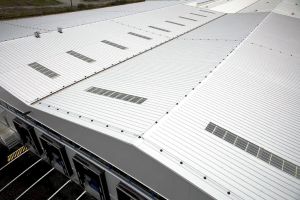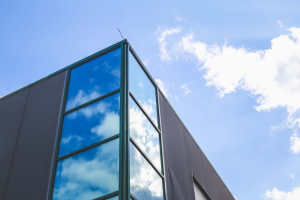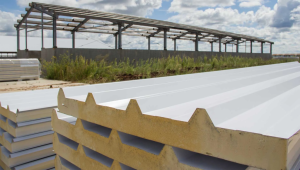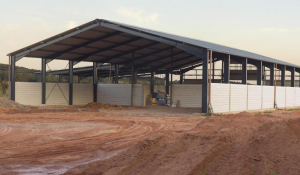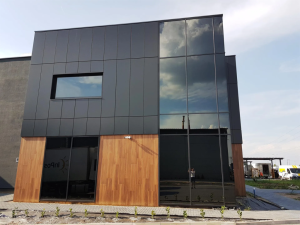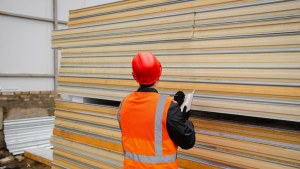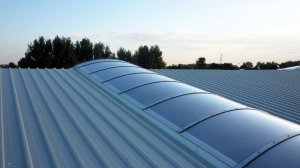Modern construction relies on environmentally friendly solutions. Sandwich panels MarPanel fit perfectly into this trend, offering the possibility of building energy-efficient and environmentally friendly buildings. In this blog post, we will focus on the environmental aspects of building with MarPanel panels, discussing the panels' impact on reducing CO2 emissions, conserving natural resources and building durability. We will also highlight the possibility of using MarPanel panels in combination with renewable energy sources.

Reduction in CO2 emissions:
The production of MarPanel is associated with low CO2 emissions compared to traditional building materials such as brick or concrete. This is due to the use of low CO2 emission materials and modern production technologies in the manufacturing process.
MarPanel buildings are also energy efficient, meaning that they use less energy for heating and cooling.This means fewer CO2 emissions during the life of the building.
Saving natural resources:
MarPanel panels are manufactured from recycled materials, thus saving natural resources. In addition, MarPanel panels are easy to dismantle and can be reused or recycled at the end of their useful life.
Building sustainability:
MarPanel panels are durable and weatherproof, which means that a building made from MarPanel panels can last for many years without the need for renovation. This reduces the use of building materials and construction waste.
Can be used with renewable energy sources:
MarPanel panels are well thermally insulated, which means they work well with heating and cooling systems based on renewable energy sources such as heat pumps or photovoltaic panels.

Additional benefits:
- Healthy environment: MarPanel panels contain no harmful substances and are safe for human health.
- Acoustic comfort: MarPanel panels provide good sound insulation, which means that MarPanel buildings are quiet and comfortable.
Summary:
MarPanel sandwich panels are not only an aesthetically pleasing, functional and safe building solution, but also an environmentally friendly one. Their low CO2 emissions, conservation of natural resources, durability and ability to be used with renewable energy sources make them the ideal choice for those who want to build homes or commercial buildings in a sustainable and responsible manner.



